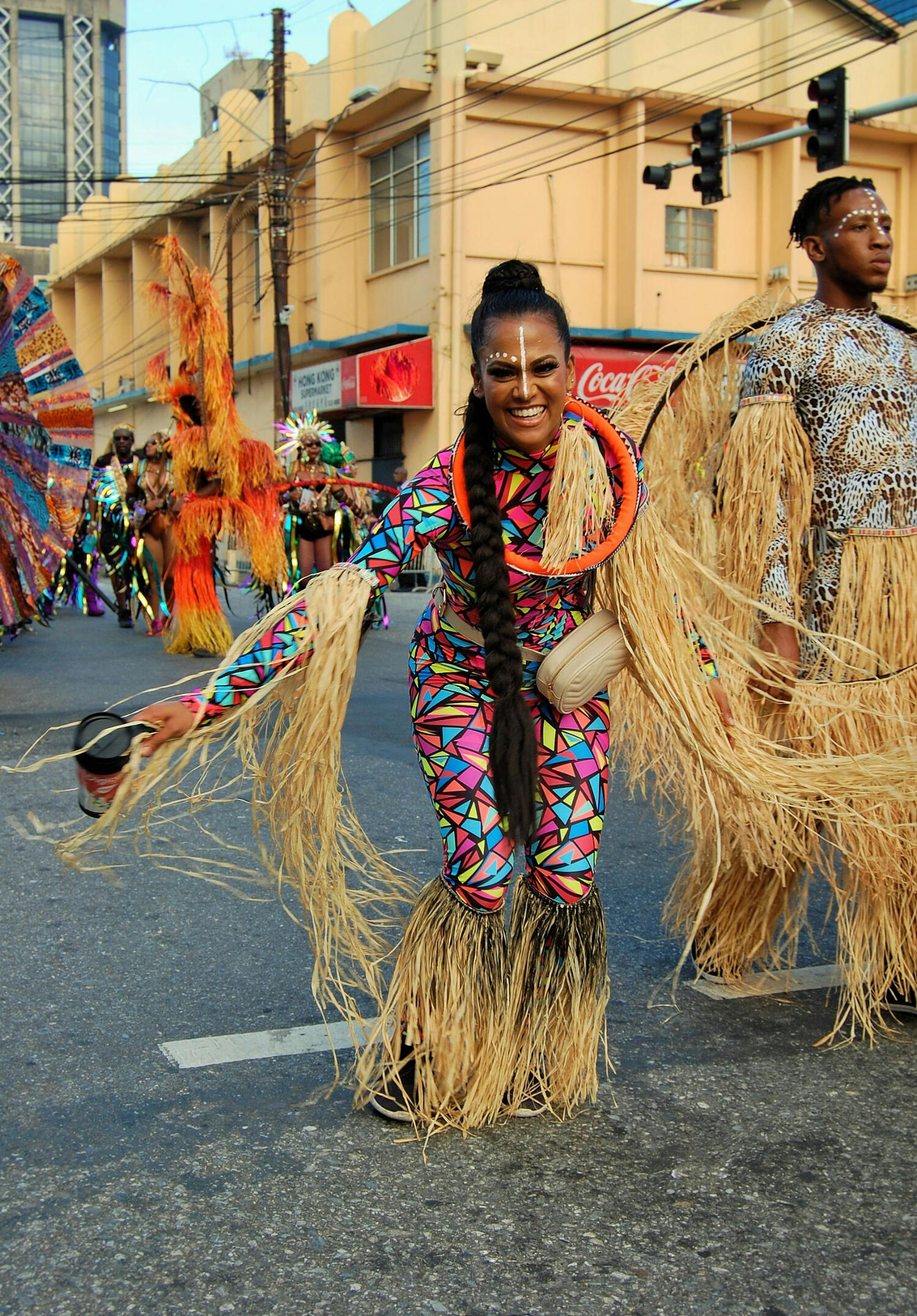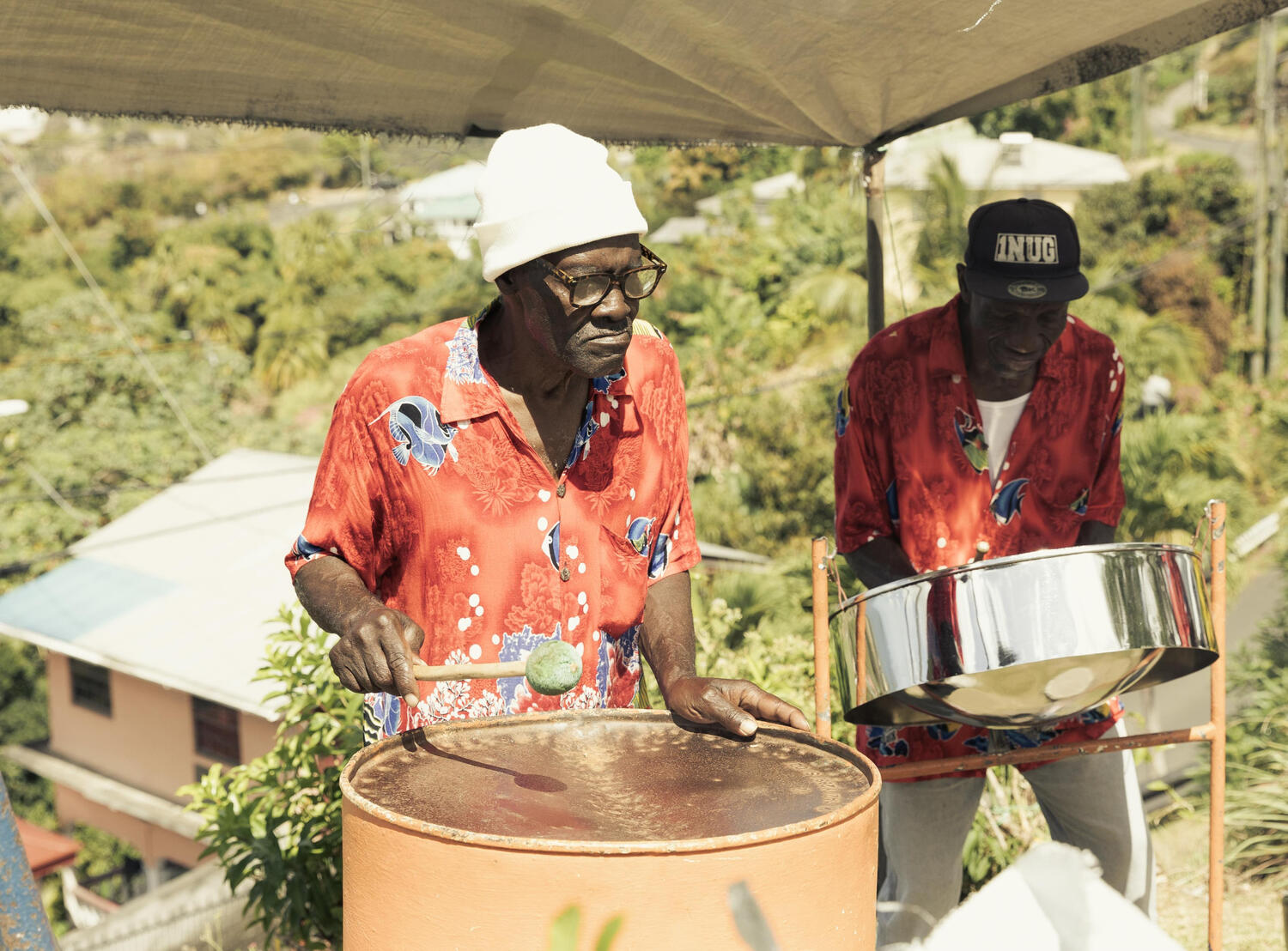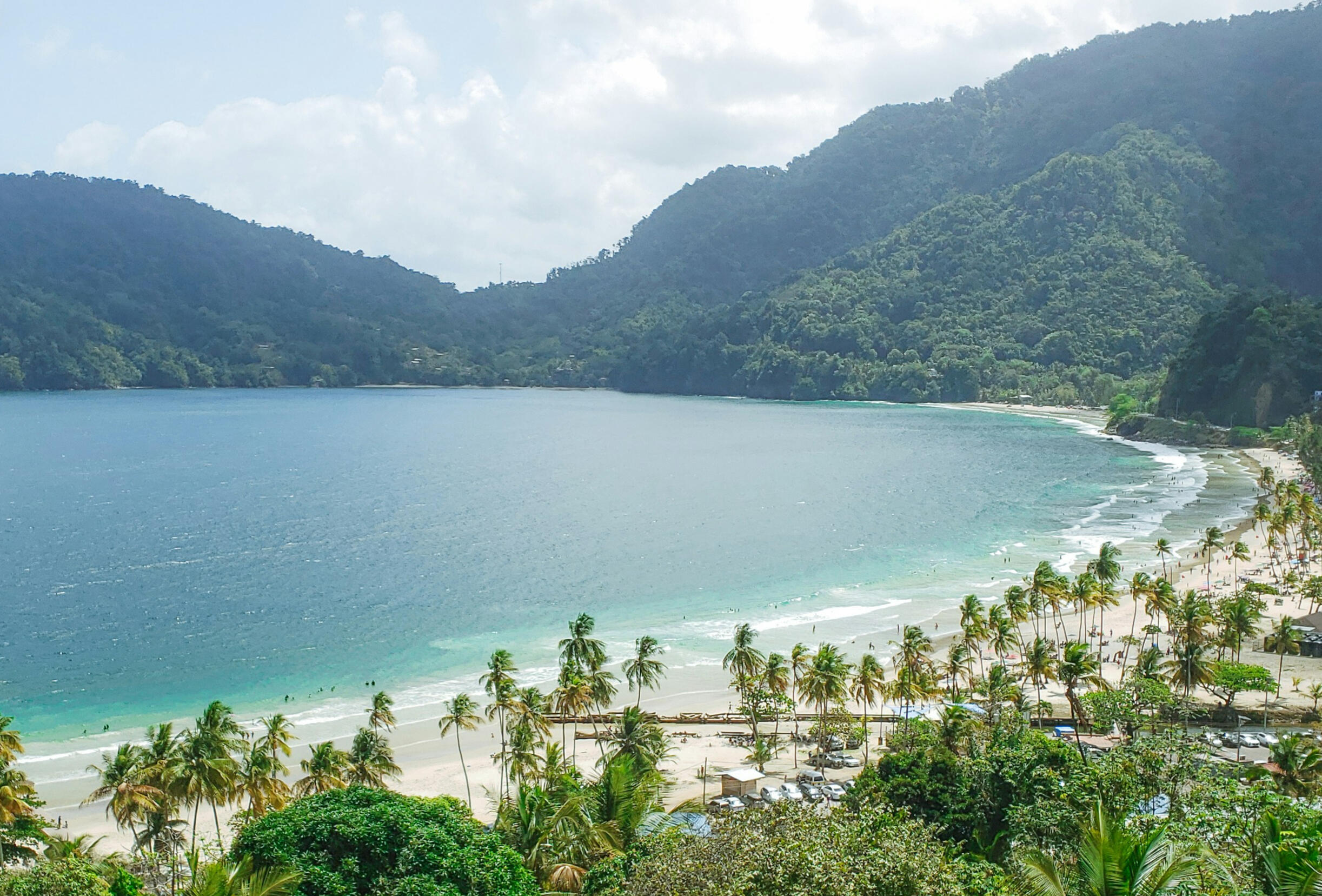I LOVE
TRINIDAD & TOBAGO
I Love T&T is a celebration of everything that makes Trinidad and Tobago special. From the pulsating rhythms of soca and steelpan to the mouthwatering flavors of doubles and bake and shark, T&T is a place like no other. Whether you’re immersing yourself in the excitement of Carnival, or simply enjoying a lime with friends, there’s always something to love about sweet T&T.
Experience the Heartbeat of the Caribbean
Trinidad & Tobago: More Than Just an Island, It’s Home!
From lively festivals to stunning beaches, rich traditions, and world-famous cuisine, Trinidad & Tobago is a place where every moment is filled with color, energy, and warmth. Discover why we love T&T! 🇹🇹❤️
Our People, Our Carnival!
Trinidad & Tobago’s people bring the energy, and Carnival brings the stage. From vibrant costumes to infectious soca beats, it’s a festival of freedom, creativity, and unity—where the spirit of the islands shines brightest.


From Pan to Soca, the Sound of a Nation
The Rhythm of T&T: Born to Play, Made to Move!
Trinidad & Tobago moves to its own beat—one forged in the fire of the steel pan and powered by the pulse of soca. Whether it’s the sweet melodies of a pan yard or the high-energy vibes of Carnival, our music is the heartbeat of the islands.

The History of Trinidad & Tobago
Trinidad was originally home to the indigenous Arawaks and Caribs before Christopher Columbus arrived in 1498, mistakenly believing he had reached India. The Spanish claimed the island, but indigenous resistance delayed colonization for nearly a century. Once settled, the Spanish focused on agriculture after failing to find gold.By the late 1700s, Trinidad was a thriving agricultural hub, with plantations producing sugar, cotton, and cocoa. The Spanish encouraged French migration, and enslaved Africans were brought to work on estates. In 1797, Britain seized control, formalized in 1802 under the Treaty of Amiens.Slavery was abolished in 1834, leading to labor shortages. To fill the gap, indentured workers were brought from China, West Africa, and India, with the first East Indian arrivals landing in 1845 aboard the Fatel Razack.Meanwhile, Tobago saw repeated colonization attempts by the Dutch, Spanish, and British before becoming a British colony in the 19th century. In 1889, Tobago was unified with Trinidad.Trinidad and Tobago gained independence from Britain on August 31, 1962, and became a republic on August 1, 1976. Republic Day, celebrated on September 24, marks the first meeting of Parliament.